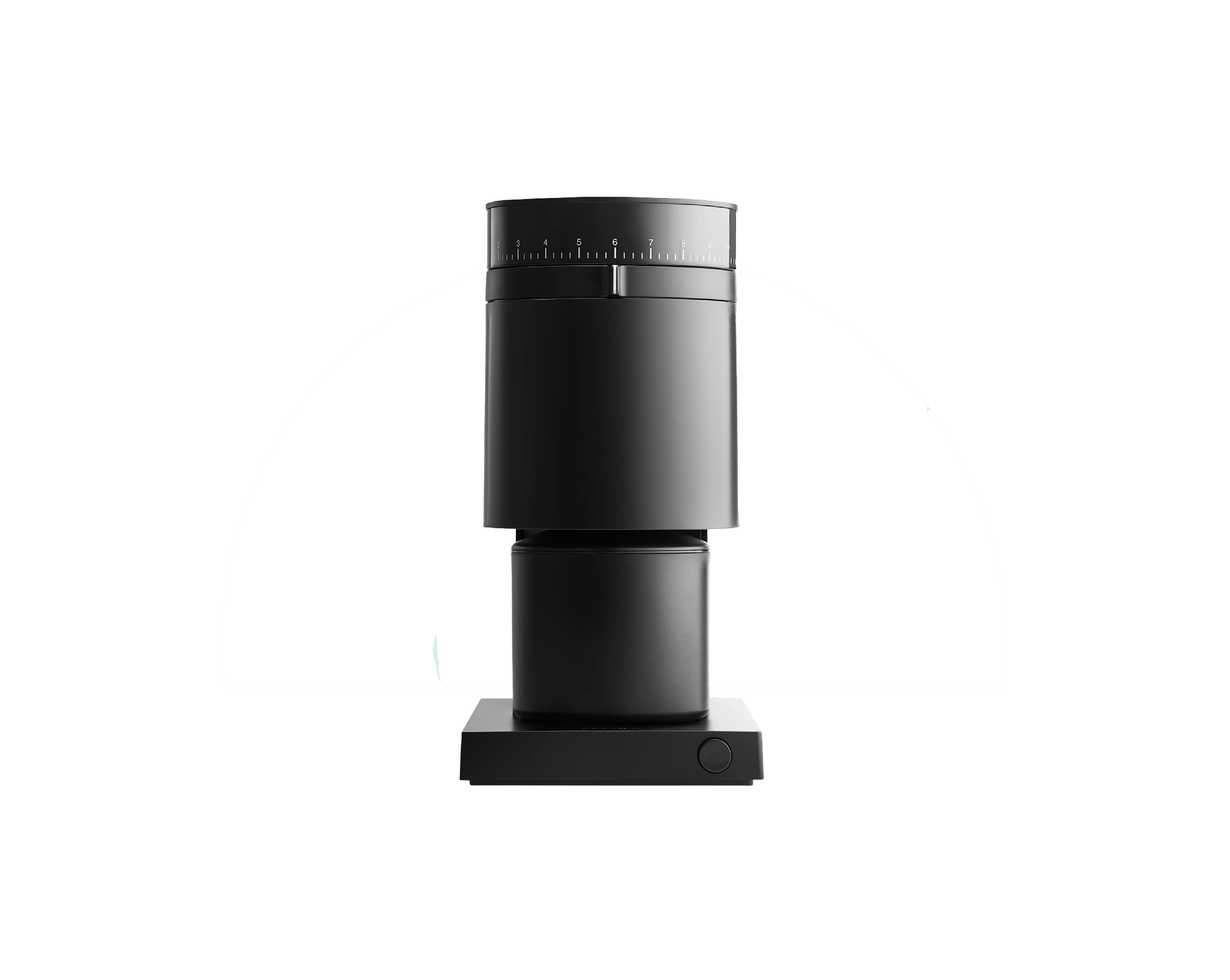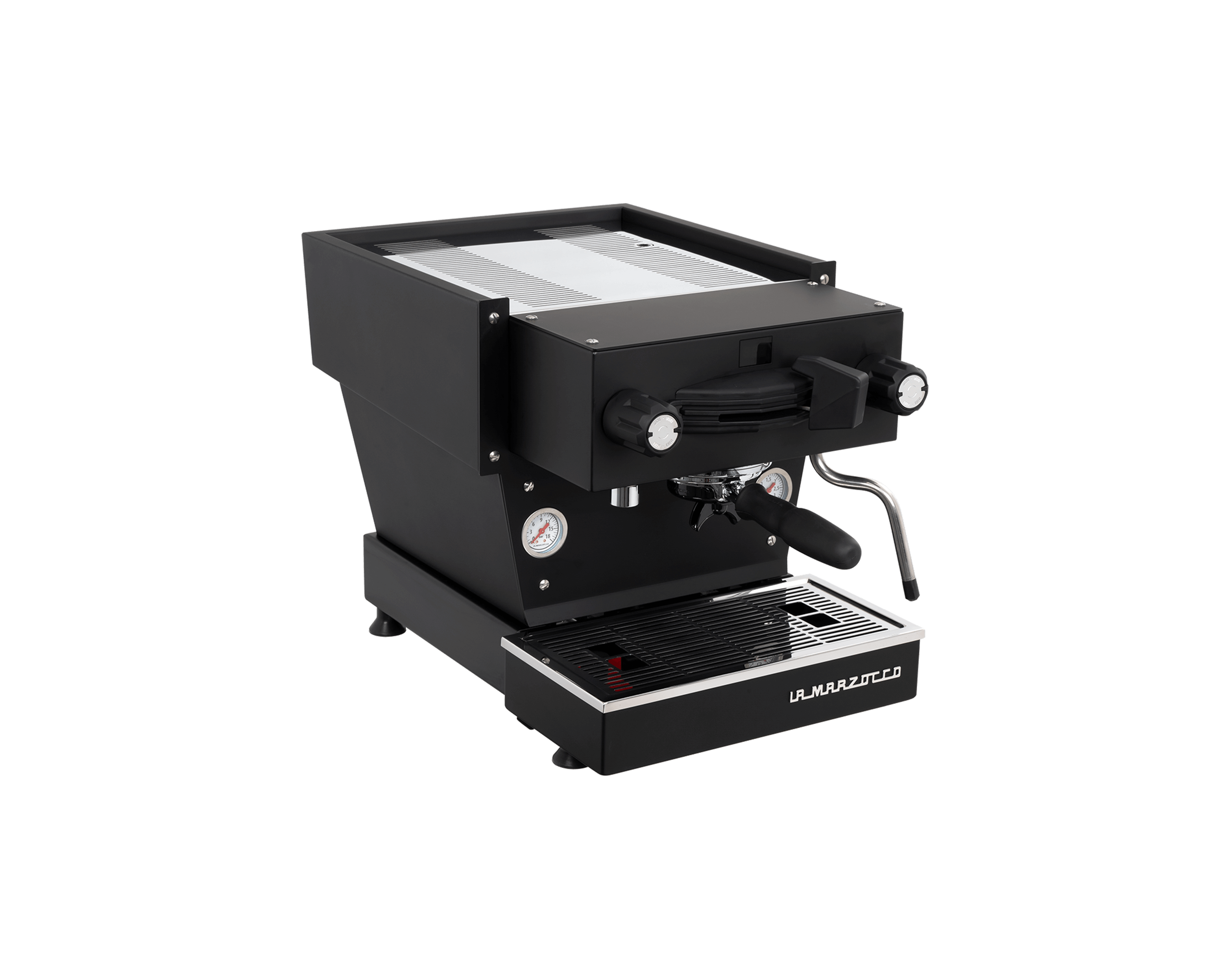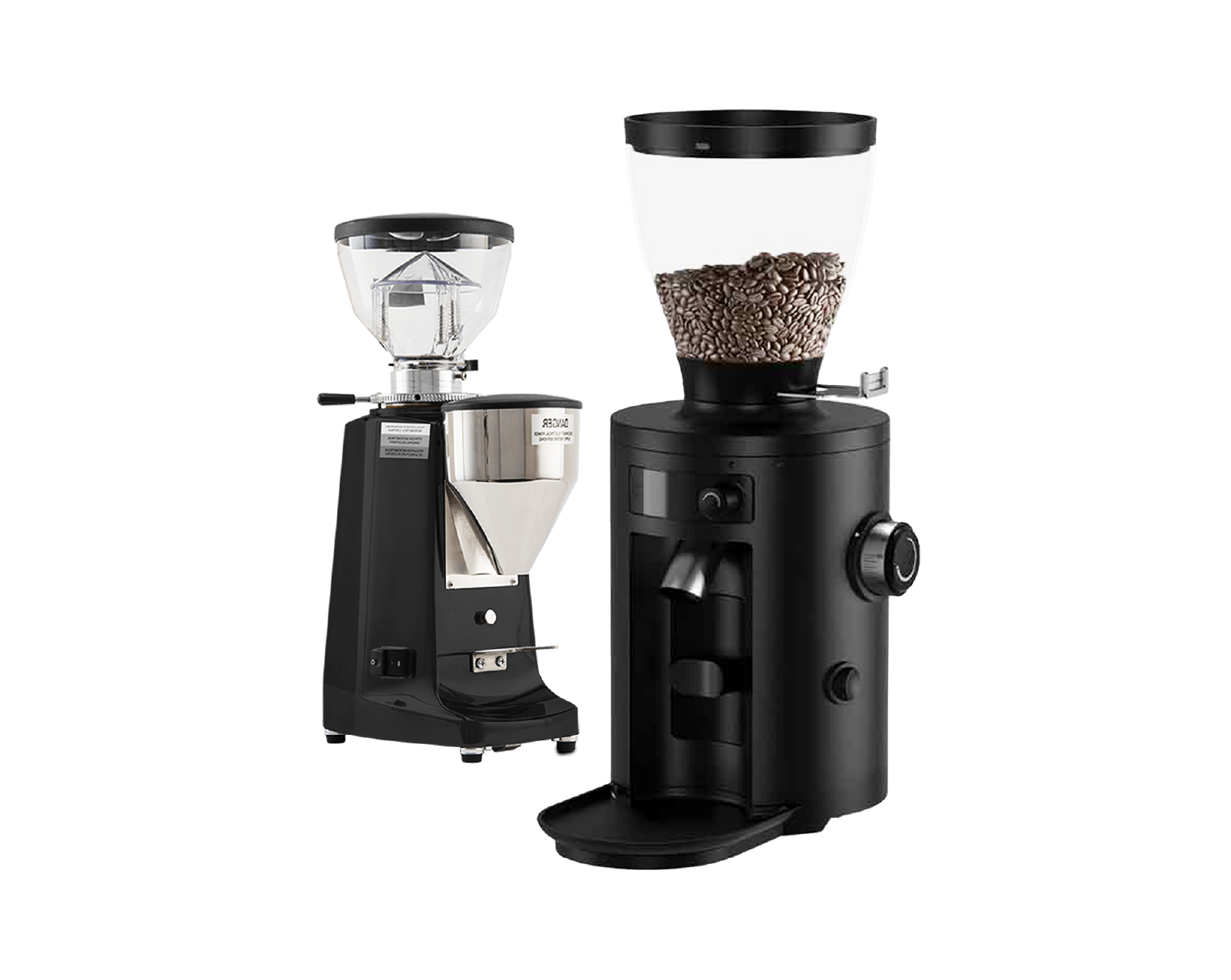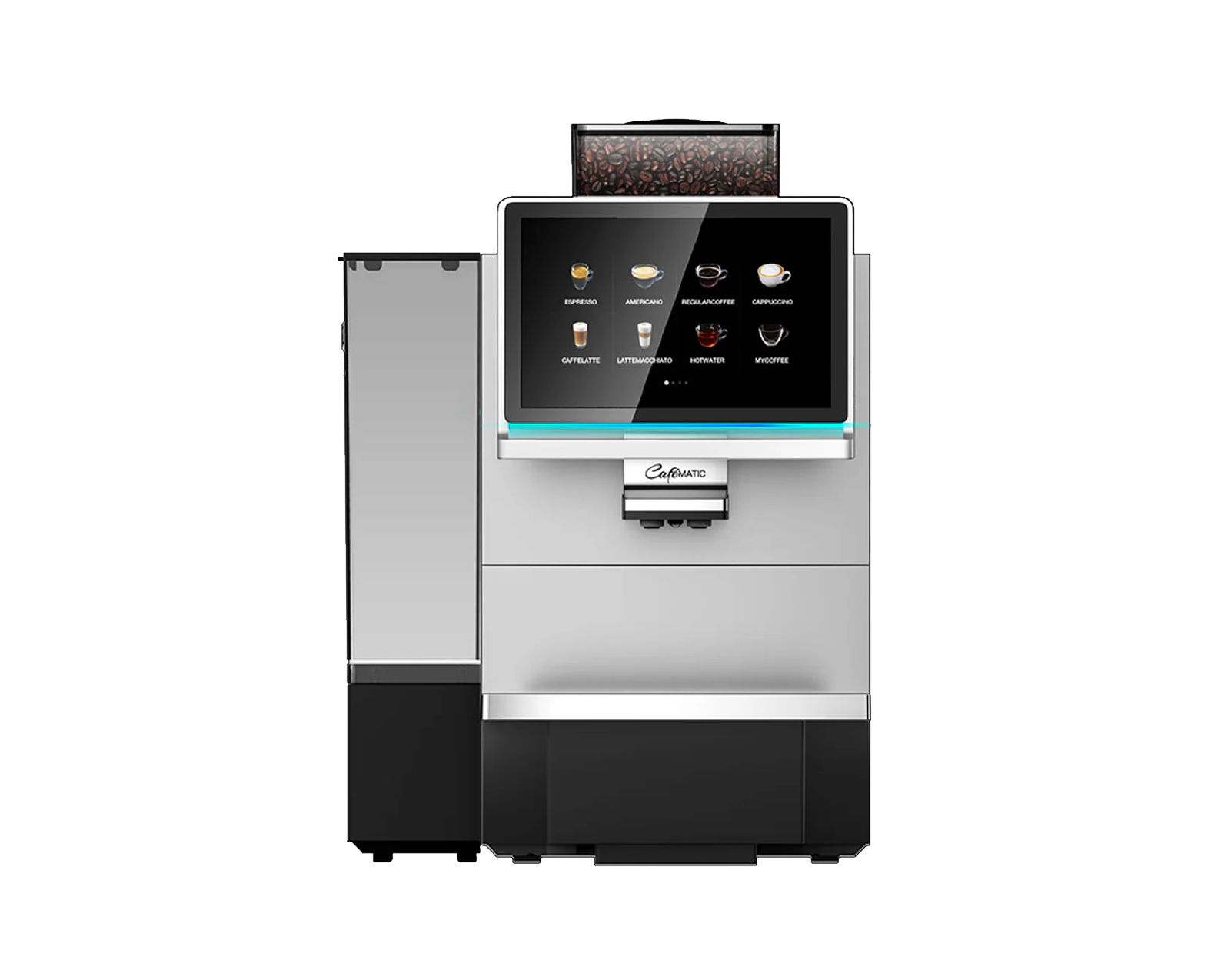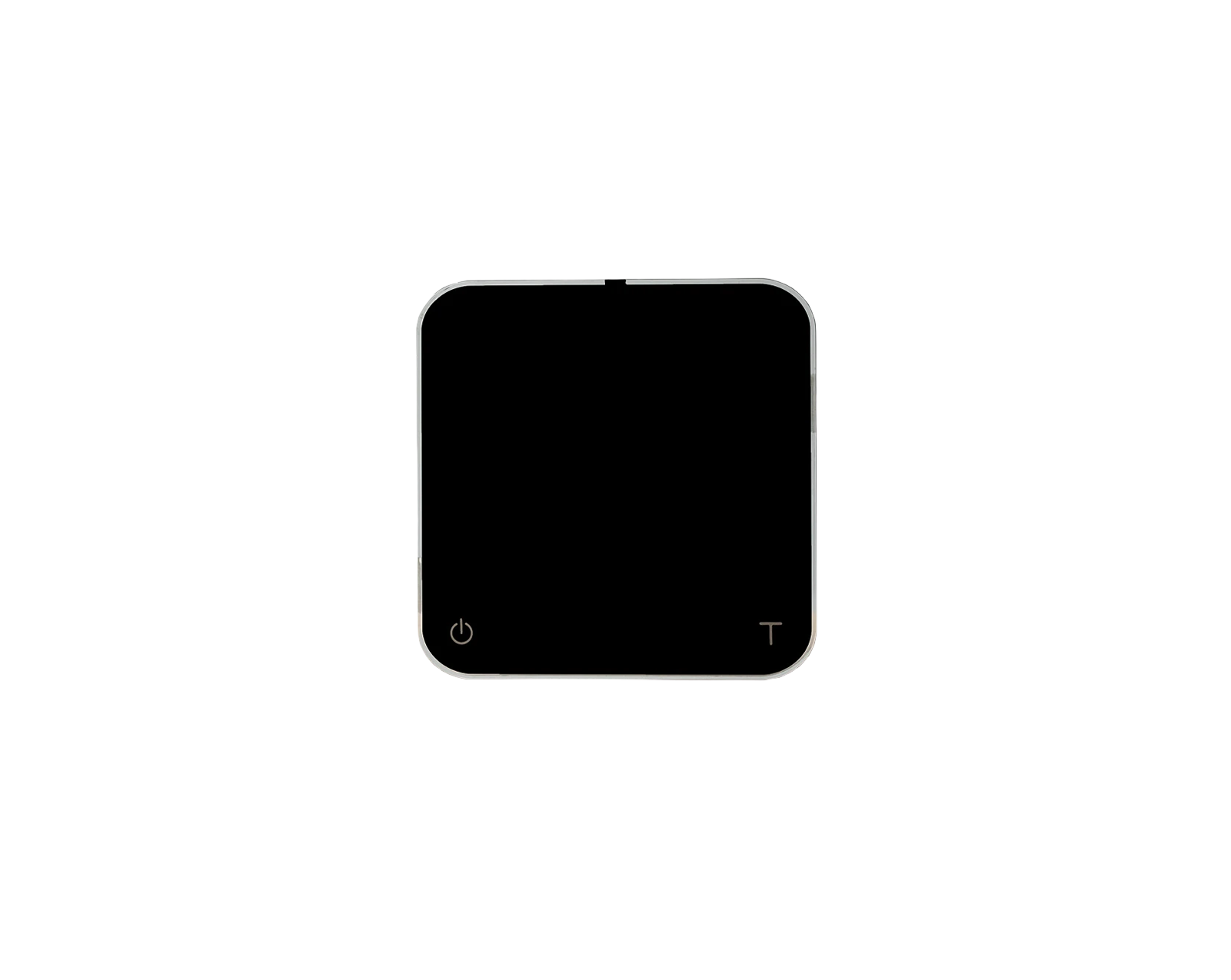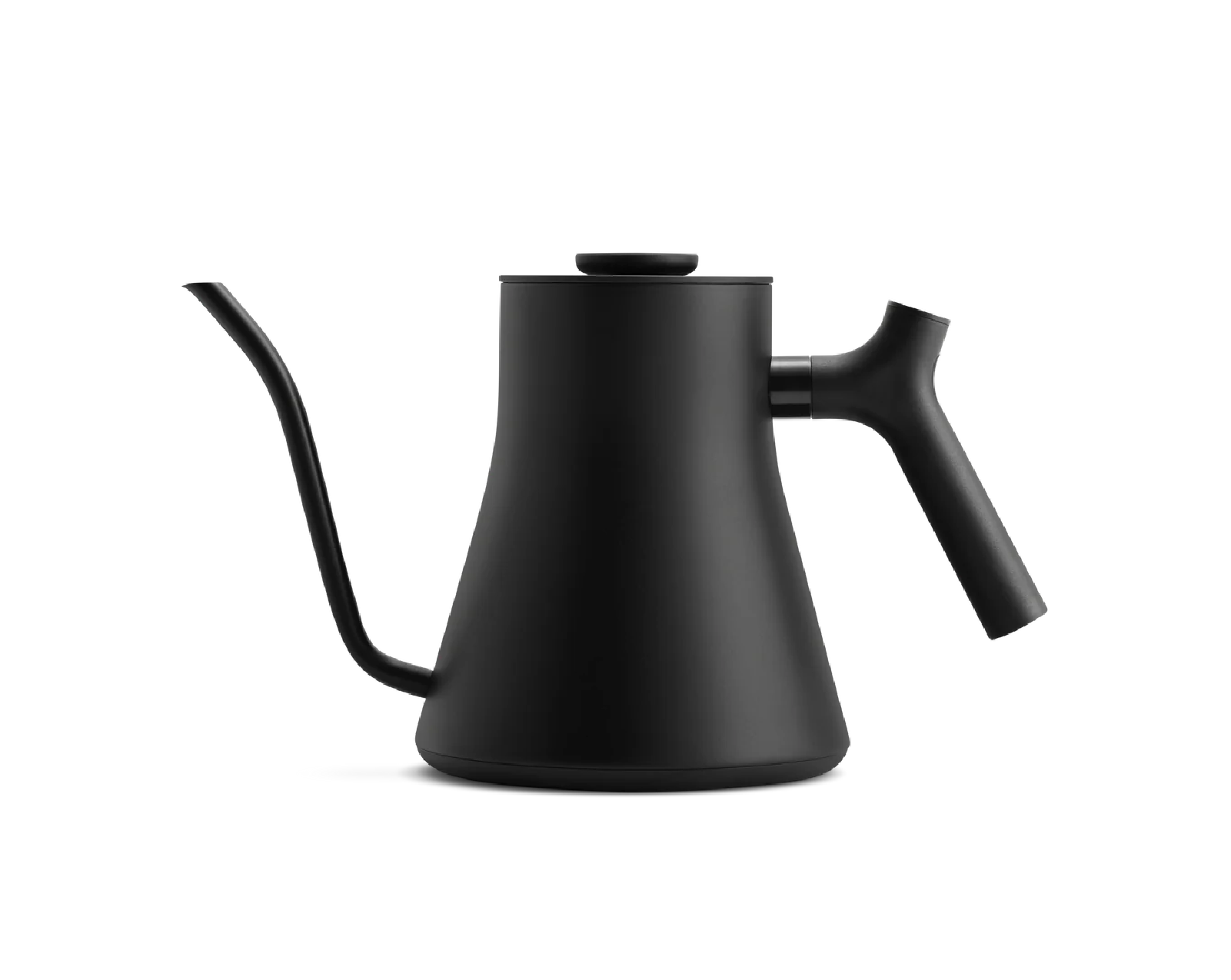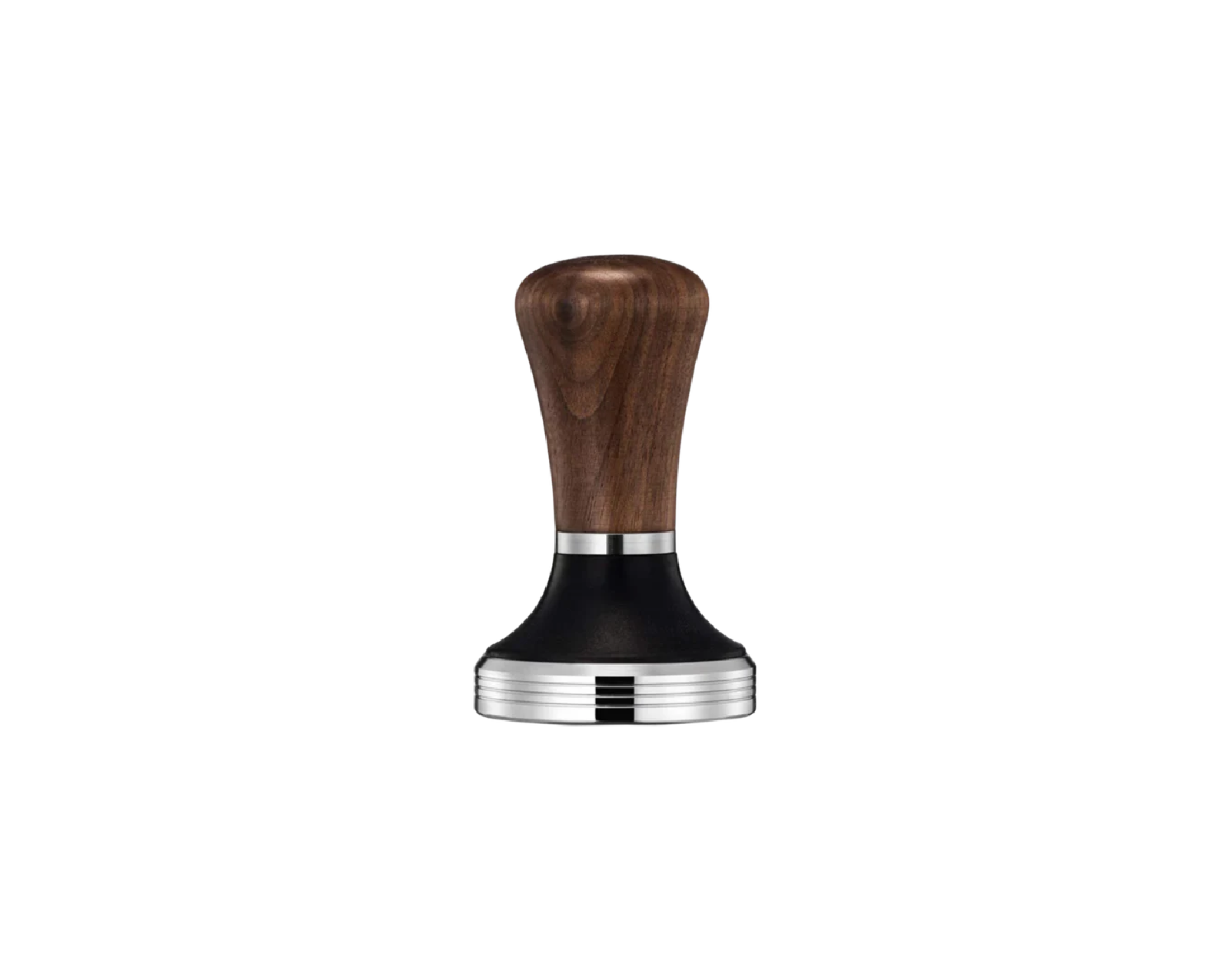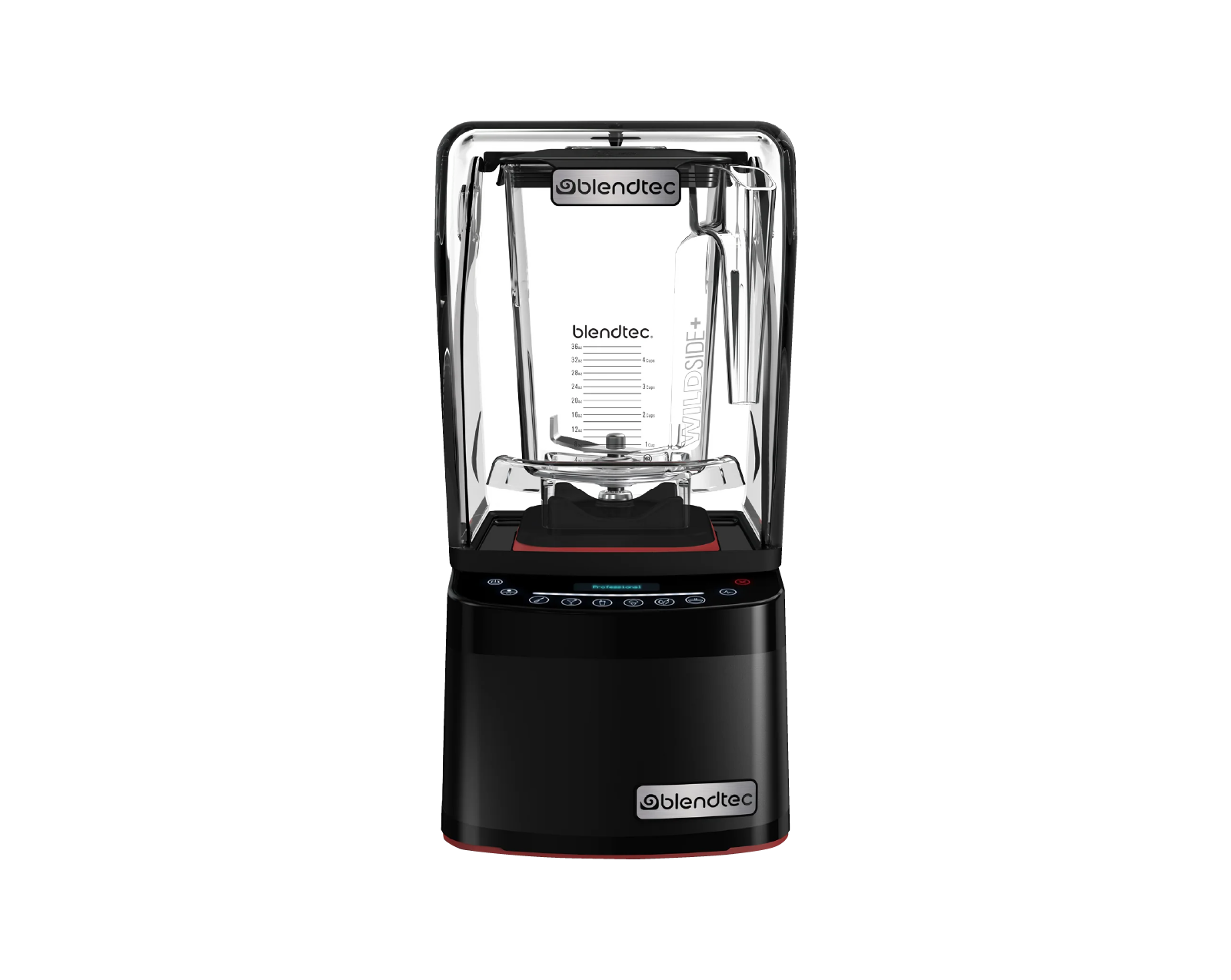If you’ve ever felt overwhelmed choosing which coffee roast to choose, you're not alone!
Though the bean is important, the roasting process contributes a lot to the scent and flavor of coffee. The body, acidity, and flavor of your delicious beans can all be affected by the time of the roasting process. We've put up this helpful reference to the four primary varieties of coffee roasts to help you enhance your coffee expertise.
Light roast, medium roast, medium-dark roast, and dark roast are the four types of coffee roasts. Each roast degree has its own unique aroma, look, and flavor.

Light Coffee Roasts
Light roasts are roasted for the shortest period possible. After the first crack, lightly roasted beans usually reach an internal temperature of 356°F - 401°F. Because they haven't been roasted at a high enough temperature, these beans don't have the oils on them.
The heat draws out more caffeine and acidity the longer a bean is roasted. This indicates light roasts have the highest caffeine and acidity (by volume). Because the roasting process is shortened, some chemical changes inside the bean are prevented, light roasts might have a distinct flavor profile. Because the aromas that emerge from the roasting process are frequently not dominant, the bean's origin flavors are more discernible in light roasts.
Medium Coffee Roasts
Internal temperatures of medium roasted coffee range from 410°F to 428°F. This occurs shortly after the first crack and immediately before the second. They have a little more body and less acidity than a light roast.
Happy Brewing!
The average American coffee user is accustomed to medium roasts. The flavors of these roasts are said to be well-balanced. A medium roast's acidity and body can vary, but they're normally around the middle. House mix, Breakfast roast, and American roast are examples of medium roasts.
Medium-Dark Coffee Roasts
Internal temperatures of medium-dark roasted beans range from 437°F to 446°F. This occurs during or immediately following the second crack. Because the temperatures are high enough, the oils on the surface of the beans will begin to appear throughout this roast.
These roasts provide a richer, more full-bodied flavor with less acidity. A medium-dark roast coffee mix includes the Vienna Roast and Full-City Roast, for example.
Dark Coffee Roasts
A dark roast should be roasted at a temperature of 464°F to 482°F. Oils can be seen on dark roast beans. In a dark roast, you usually can't taste any origin tastes, only the effects of the roasting procedure on that variety of coffee bean.
Because the sugars in the coffee beans have had time to caramelize, dark roasts provide sweeter flavors. It develops a fuller flavor and full body as a result of the extended roasting process, which typically results in a buttery finish. They're also the least acidic of all the coffee roasts. Because dark roasts are roasted the longest, they contain the least amount of caffeine. The darkest roast is French roast, which has a distinct smokey flavor.



